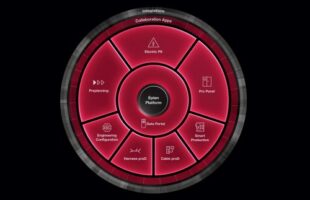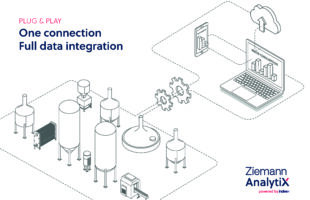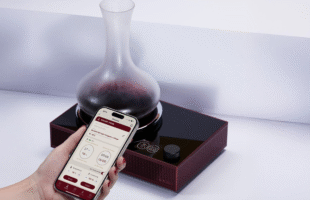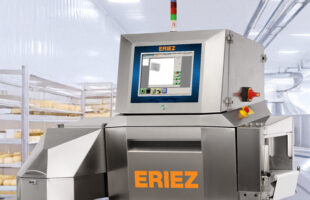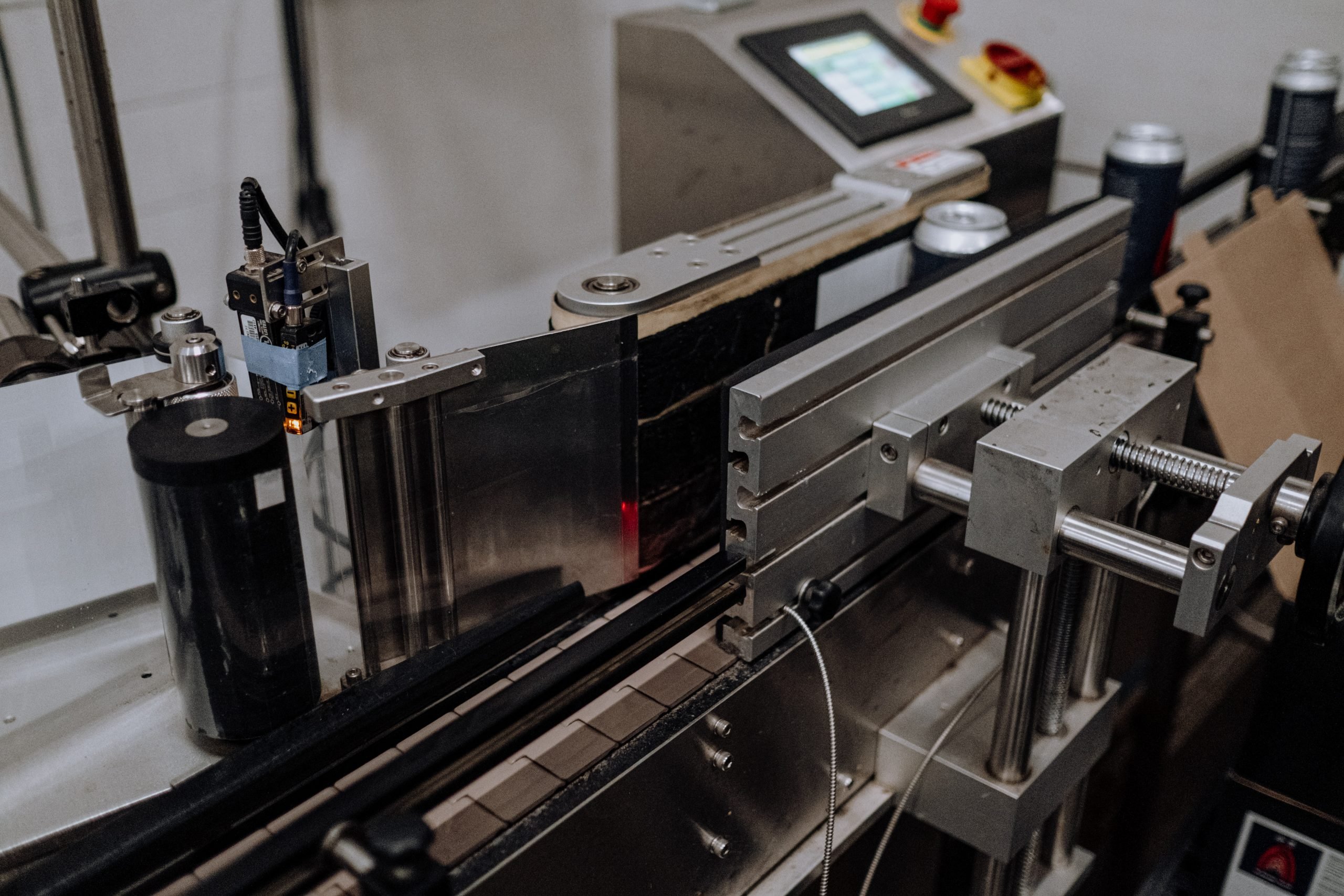
With the fast developments in technology and the push for a greater focus on hygiene and sanitation, it comes as no surprise if the robotics segment in the food tech industry is gaining traction. According to research conducted by Meticulous Research, this segment is expected to grow at CAGR of 11.6% from 2021 to 2028, reaching valuation to about $2.2 billion by 2028 globally.
The study, titled “Food Robotics Market by Type (Articulated Robots [SCARA, Six-axis Robots], Delta & Parallel Robots, Collaborative Robots, Cartesian Robots, Cylindrical Robots, Portal Robots), Payload, Application, End Use, and Geography — Global Forecast to 2028” showed that many F&B companies have begun investing in the space. Digital technologies such as robots and automated production lines are seen in more food manufacturing facilities. Opportunities from emerging economies are also driving growth in the sector.
Robots also minimise human interaction during the production process, therefore reducing instances of contamination. Cleanliness and food safety have been top considerations in the industry as a result of the COVID-19 pandemic.
Articulated robots comprise majority of the market share, with these types incorporated in food processing companies in particular. These enable flexibility, high-load capacity and operation consistency, leading to fewer disparities often caused by human error. Palletizing and depalletizing systems also dominate the segment.
Companies that operate in the dairy sector are utilising robots more in order to roll out high-quality products while reducing costs. Sensors, vacuum tools and grippers are among the tech adopted by dairy businesses.
The Asia-Pacific region is developing at a significant pace, but traction is also seen generally across the world.



